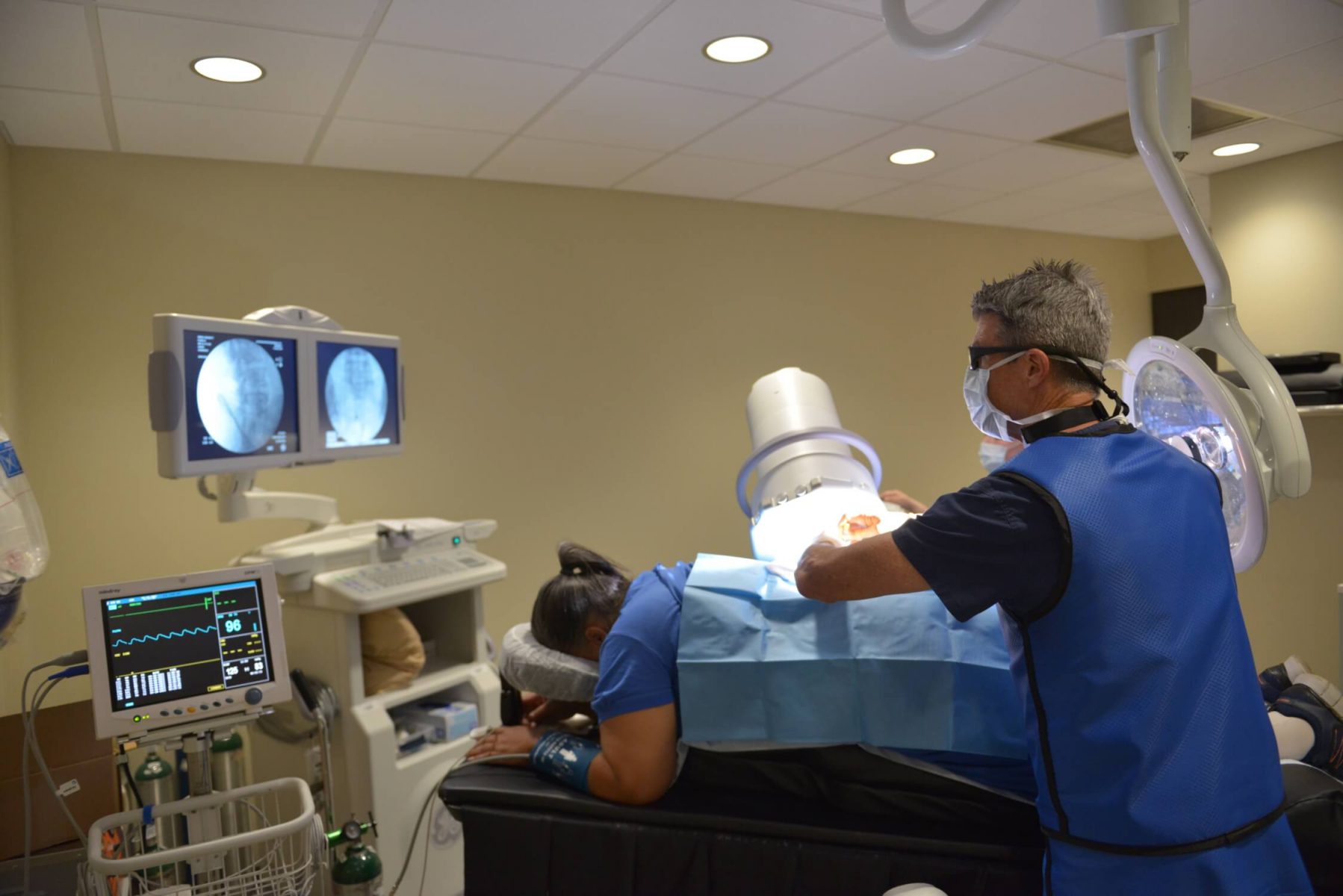Interventional pain management continually evolves, driven by a commitment to pioneering solutions that redefine the landscape of pain treatment. In this exploration, we delve into the forefront of interventional pain management innovations, illuminating the transformative impact these advancements have on patient care and outcomes.
The Quest for Innovation: Pushing Boundaries in Pain Management
Innovation lies at the core of interventional pain management, propelling the field forward and challenging conventional norms. Pioneering practitioners and researchers continually seek new avenues to enhance treatment efficacy, minimize risks, and improve patient experiences. Whether through novel techniques, advanced technologies, or interdisciplinary collaborations, innovation serves as a catalyst for progress in the quest to alleviate suffering and restore quality of life for individuals living with chronic pain.
Advanced Imaging Modalities: Guiding Precision and Accuracy
One of the key pillars of interventional pain management innovation is the integration of advanced imaging modalities. Technologies such as fluoroscopy, ultrasound, and magnetic resonance imaging (MRI) provide real-time visualization and guidance during procedures, allowing for precise targeting of pain generators and minimizing the risk of complications. By enhancing accuracy and safety, advanced imaging modalities optimize treatment outcomes and contribute to improved patient satisfaction.
Minimally Invasive Techniques: Redefining the Treatment Paradigm
Advancements in minimally invasive techniques have revolutionized the field of interventional pain management, offering alternatives to traditional surgical interventions. Procedures such as nerve blocks, epidural injections, and radiofrequency ablation can now be performed with minimal incisions and reduced recovery times, allowing patients to resume normal activities sooner and experience faster pain relief. Minimally invasive approaches not only improve patient comfort but also lower healthcare costs and decrease the burden on healthcare systems.
Innovative Therapeutic Modalities: Expanding Treatment Options
Innovative therapeutic modalities continue to expand the arsenal of tools available to interventional pain management practitioners. From regenerative medicine techniques such as platelet-rich plasma (PRP) injections to neuromodulation therapies like spinal cord stimulation (SCS), these advancements offer new avenues for pain relief and functional restoration. By targeting pain pathways and promoting tissue repair, innovative therapies address the underlying mechanisms of pain, providing patients with long-term solutions and improved quality of life.
Collaborative Research and Development: Fostering Discovery and Progress
Collaborative research and development initiatives play a crucial role in driving interventional pain management innovation forward. By bringing together clinicians, scientists, engineers, and industry partners, these collaborations facilitate the exchange of knowledge, ideas, and resources necessary to accelerate discovery and translation into clinical practice. From bench to bedside, collaborative efforts fuel breakthroughs that advance the field and benefit patients worldwide.
Looking Ahead: A Future of Possibilities
As we look to the future, the horizon of interventional pain management innovation holds limitless possibilities. Emerging technologies such as artificial intelligence (AI), virtual reality (VR), and wearable devices offer exciting prospects for personalized pain management solutions and remote monitoring. By harnessing the power of innovation, the field of interventional pain management continues to pioneer solutions that transform lives and shape the future of healthcare.
In conclusion, interventional pain management innovations represent a beacon of hope for individuals living with chronic pain, offering pioneering solutions that redefine the treatment paradigm. Through advanced imaging modalities, minimally invasive techniques, innovative therapies, and collaborative research efforts, practitioners and researchers alike are driving progress and shaping a future where pain is no longer a barrier to living life to the fullest.




